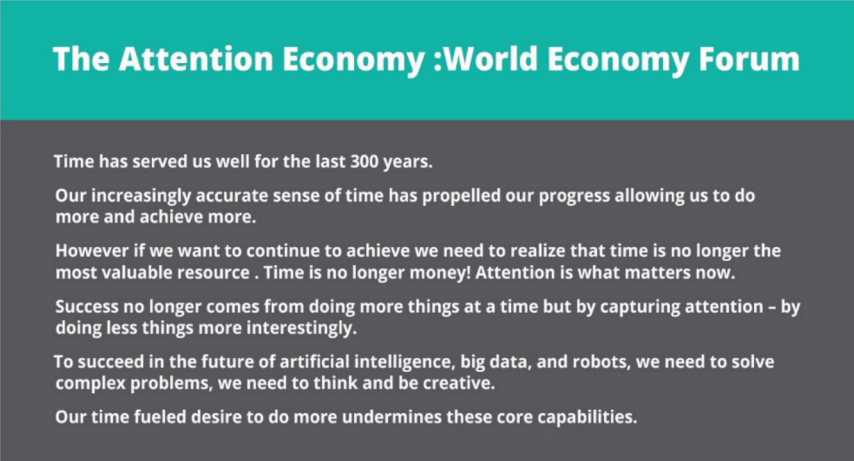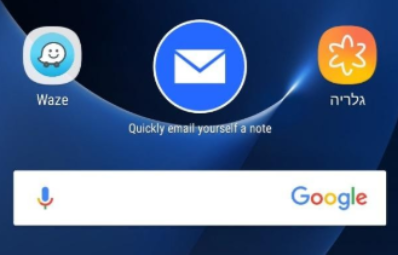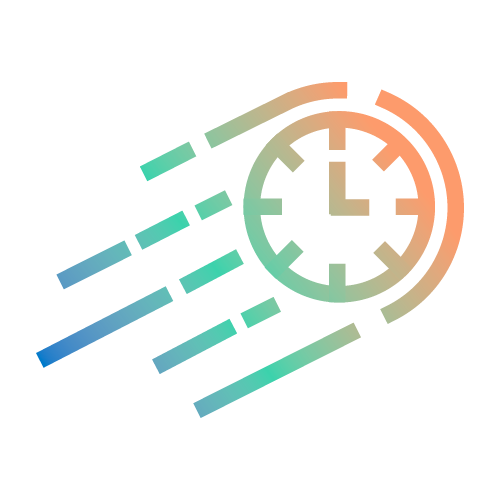When walking through your office, have you ever noticed one of your employees or teammates gazing out of a window and thought to yourself, “Why (the hell) aren’t they working?”
It’s very natural to think that, but the great news is that it’s precisely what everyone should so. That daydreaming employee is likely your most prominent one, the one who should make it to your candidates for promotion.
Daydreaming or gazing is an action that until 2009 humanity performed naturally dozens of times per day; when we stood in line, when we waited for a traffic light to turn, when we waited at a restaurant for a friend, we were simply looking aimlessly with nothing specific about which to think. Doing nothing was just the natural thing to do! We had no device to bury our heads in, so we gazed out of a window or straight into a blank wall because that was better than opening trash magazines at the doctor’s office.
But since 2009, smartphones have become the property of the vast majority of knowledge workers in the world, and daydreaming quickly became one of those lost skills that are now rare and forgotten. In every moment of boredom, we quickly look down, scroll our mobiles, and get lost in some social feed, injecting ourselves with the plethora of information and content available today.
Understand that we ingest sickening amounts of information from our screens, which, evolutionarily, we are far from being able to consume and process. That habit comes with a price tag of increased stress, anxiety and loss of productivity.
Why is Daydreaming so Important?
Why Should I End the Habit of Scrolling My Mobile Whenever I Can?
Scientific research has shown that our most advanced thought patterns ― our ability to think and be creative, to imagine, to solve problems, to experience aha moments with new insights and ideas ― are being formed inside our frontal lobe, the area of the brain located behind our forehead, also known as the frontal cortex.
The scientific reason for why creativity shines when it has time and space to flourish lies in the frontal lobe of our brain. Our frontal cortex kicks into 100 percent optimal performance only when we go into ‘default mode,’ meaning there are no distractions or stimulations whatsoever, no input of data, otherwise known as being in a state of daydreaming or gazing. This intensive information processing leads to insights, ideas and breakthroughs. For example, when you experience a sudden rush of ideas, insights or to dos that come splashing down on you in the shower (but most are lost because you can’t capture them while under the water).
Our most creative moments, most original ideas, our gifted imagination, our innovative insights, breakthroughs, aha moments, the ‘tokens that fall,’ biz-dev ideas, game-changing ideas, personal development ideas ― all of these are 100 percent available to use when we’re not connected to screens or engaged in other forms of communication.
We also know that our ability to think and be creative has been declared as our most important asset in this chaotic digital era. The following quote is from a panel discussion at the WEF in 2017. Take notice of the conclusion, “To succeed in the future of AI, big data and robots, we need to solve complex problems, we need to think and be creative. Our time-fueled desire to do more undermines these core capabilities.”

Let’s add all of this together: We feel that the speed of life today isn’t humane or healthy for humans. We know that our creativity and ability to solve complex problems depends largely on our ability to make time for clear-minded thought patterns. We know science is on our side because it tells us to grasp boredom differently to enhance our creativity and problem-solving abilities.
The time has come to bring the mental quality of the shower into the daily life of the office. Let’s make good use of all those connected dots and help knowledge workers daydream on purpose as part of their daily toolkit, which, by the way, can be measured for the purpose of calculating its ROI as well as be connected to business results. CEO’s who’d like to join the research can now measure the business impact this method holds.
Here are actionable steps to take:
- Think of three occasions during the day to switch from scrolling the mobile to
daydreaming instead. For example, the time between meetings, in traffic, during
coffee breaks, or even in the loo, any five- to ten-minute windows of
opportunity. Write those three specific occasions down to remember to
switch into a new habit. - When battling difficult problems to solve, move toward the solution by
stepping away from the keyboard, disconnecting from screens, turning chairs
around, or physically moving to allow the mind to rest and gaze. Gaze at the
wall, outside the window, at passers-by in the office, anything that allows
eyes to wander aimlessly. - Whenever a thought worth keeping pops up, physically capture it. Do not
merely make a mental note to hold on to it; if we do that, we’re activating
memory parts of our brain, so the frontal cortex isn’t working in its full 100
percent optimal performance. - Have a capturing tool at hand (David Allen, GTD ) at all times. A maximum of two capturing tools while daydreaming on purpose that are each one-click away is critical to harvest ideas. One can be an analog capturing tool, such as a notebook or white board. For a digital capturing tool, the options are massive: WhatsApp, One Note, Google Keep, Any.do, MyMind among others, BUT the most important step is to make sure that you use their widgets or floating badges; this way you will stick to a one-click process, which will eventually turn you into an idea-capturing Ninja, getting ahold of all your insights everywhere and anytime.
PRO TIP: Use a one-click widget digital capturing tool that turns notes into email.
For installation instructions:
https://www.himeyourtime.com/quickly-email-yourself-a-note/








